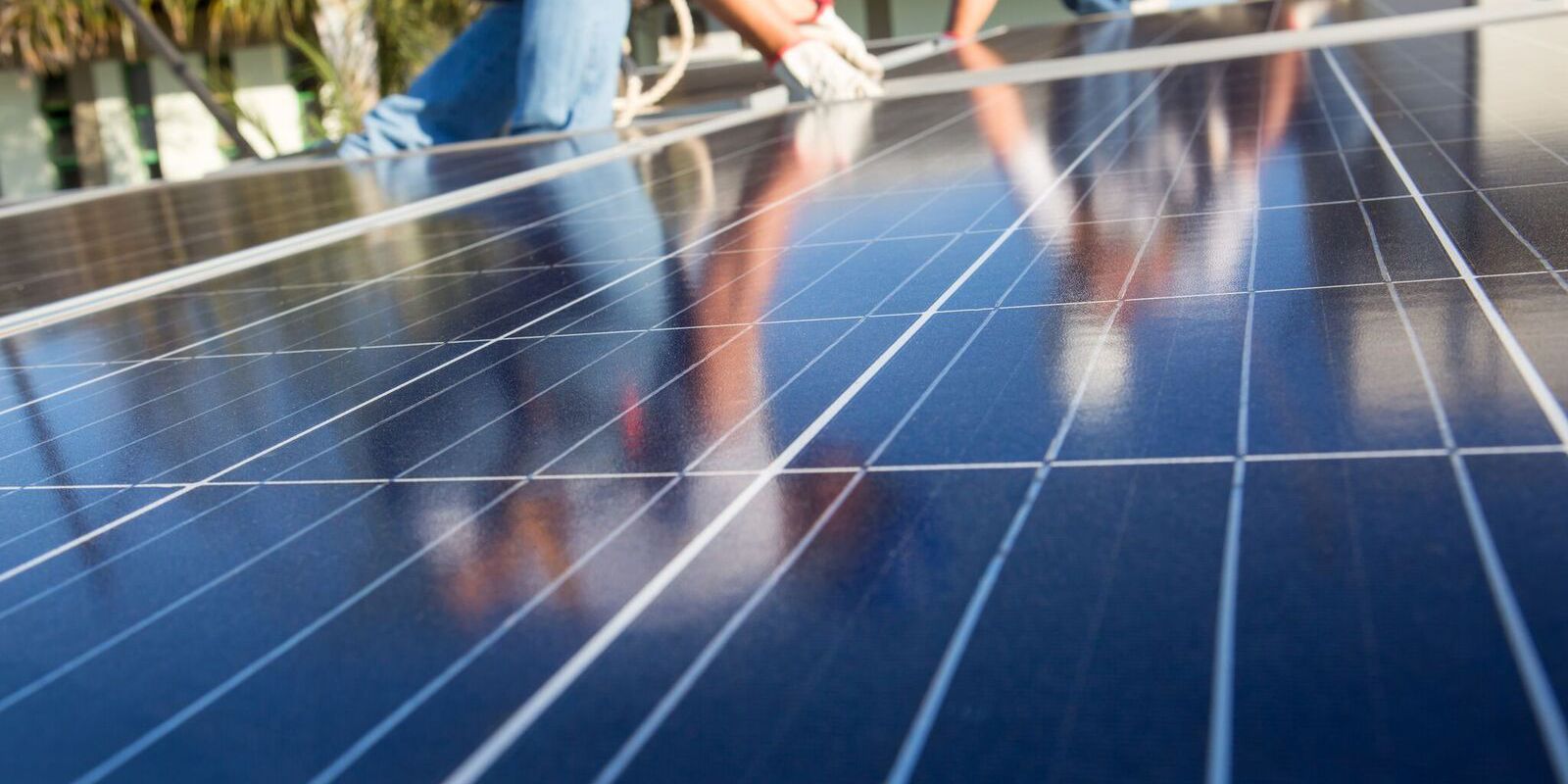Brazil surpassed the mark of 25 gigawatts (GW) of solar power in February, announced the Brazilian Association of Photovoltaic Solar Energy (Absolar). The survey considers both large-scale solar plants and self-generation systems on roofs, facades and small plots of land.
According to Absolar, solar energy already accounts for 11.6% of the country’s electricity matrix. The sector is experiencing exponential growth. From February of last year to this month, the power linked to solar energy jumped from 14.2 GW to 25 GW, with an increase of 76%. Since July last year, the installed solar generation capacity in the country has grown by an average of 1 GW per month.
Since 2012, according to the entity, investments in solar energy sources have totaled R$ 125.3 billion and generated approximately R$ 39.4 billion in revenue for public coffers. In about ten years, the sector generated 750,200 accumulated jobs and avoided the emission of 33.4 million tons of carbon dioxide (CO2) in the generation of electricity.
The production of electricity is concentrated on small users. Currently, 17.2 GW are produced in the own generation system (at home or on own land). The large solar plants have a power of 7.8 GW.
The same is true of investments and employment. Since 2012, the self-generation segment has generated 517.2 thousand jobs in Brazil and R$88.4 billion in investments. The large-scale plants created 233 thousand accumulated jobs in the country and were responsible for R$ 36.9 billion in investments.
Prospects
According to Absolar, the prospects for solar energy in Brazil are favorable. The country can use one of the largest solar resources on the planet to produce green hydrogen (hydrogen produced without fossil fuels). This scenario, however, depends on the expansion of investments.
The association cites a study by consultancy McKinsey, according to which Brazil will need to receive investments of US$ 200 billion by 2040 to have a new electrical matrix dedicated to the production of green hydrogen. Resources should be applied to the following items: electricity generation, transmission lines, fuel production plants and associated structures such as ports, pipelines and storage.

















